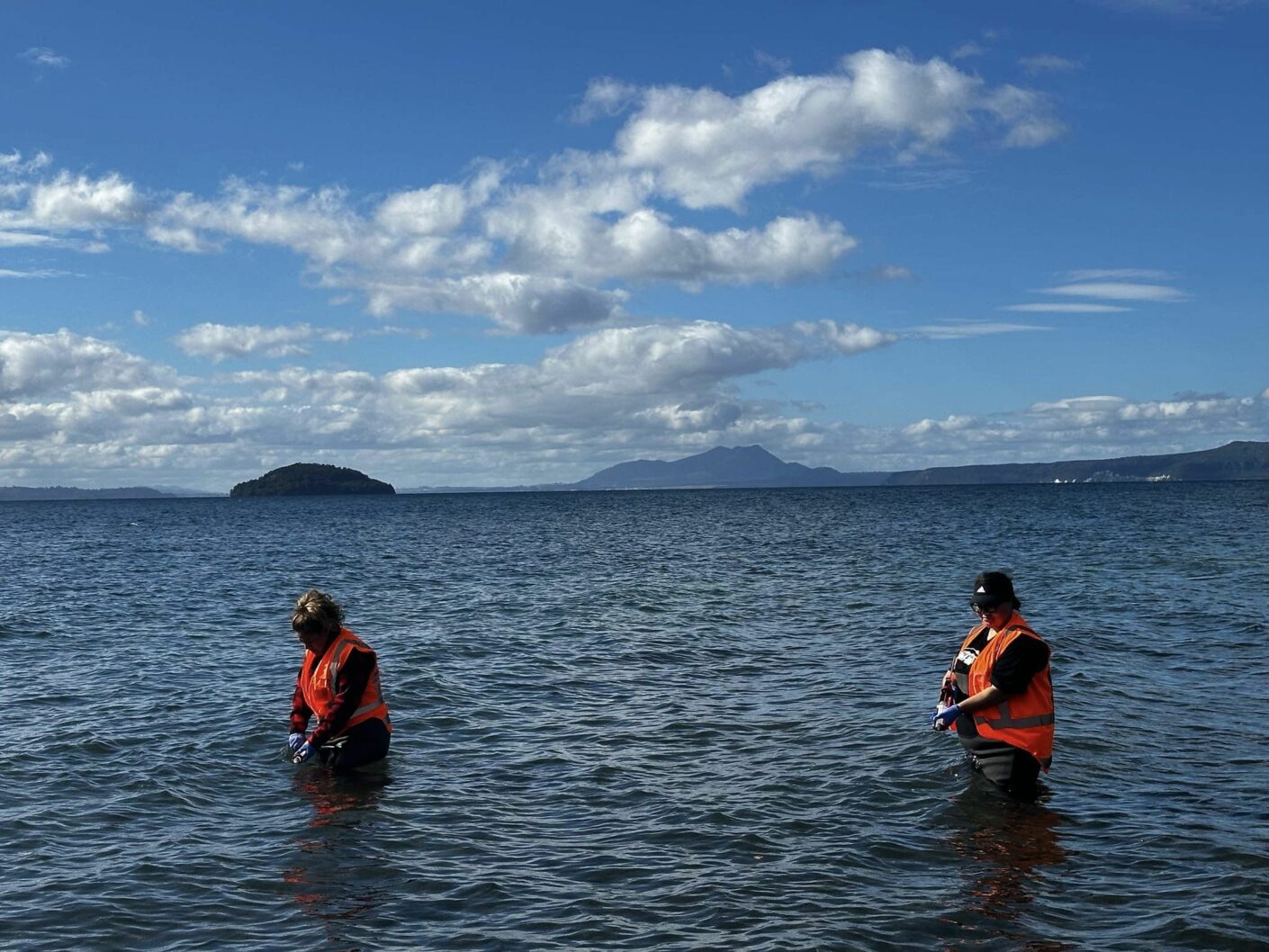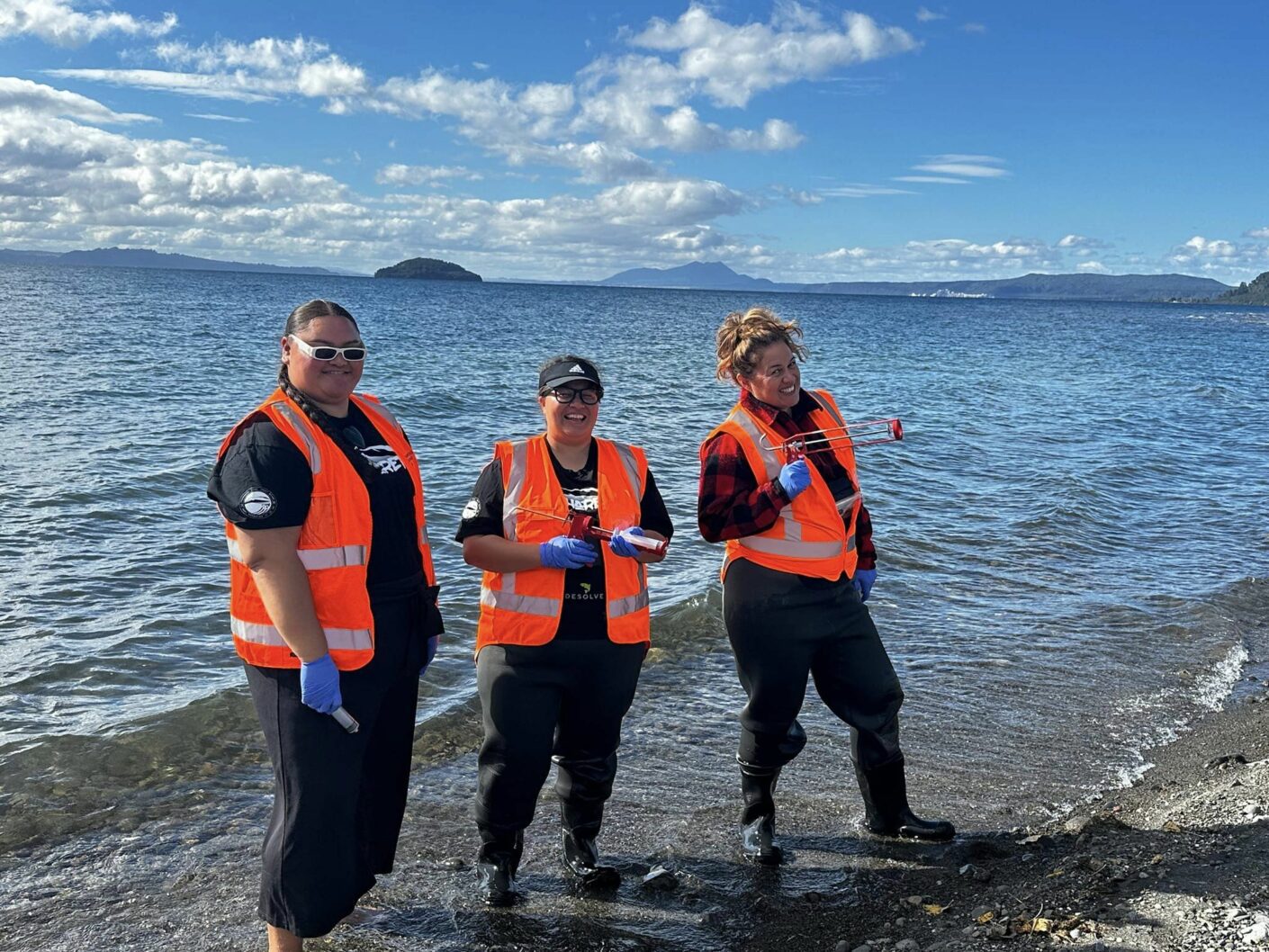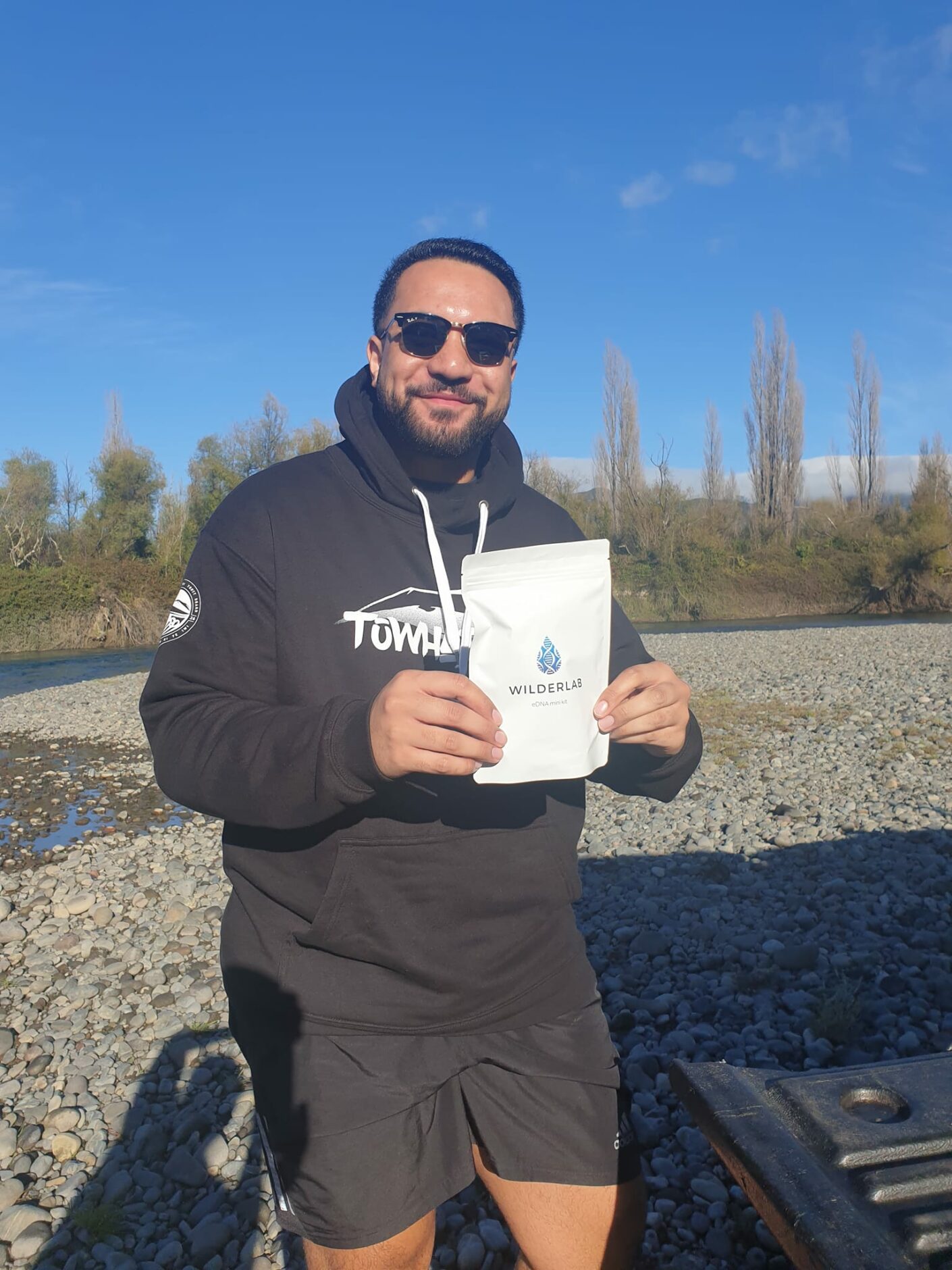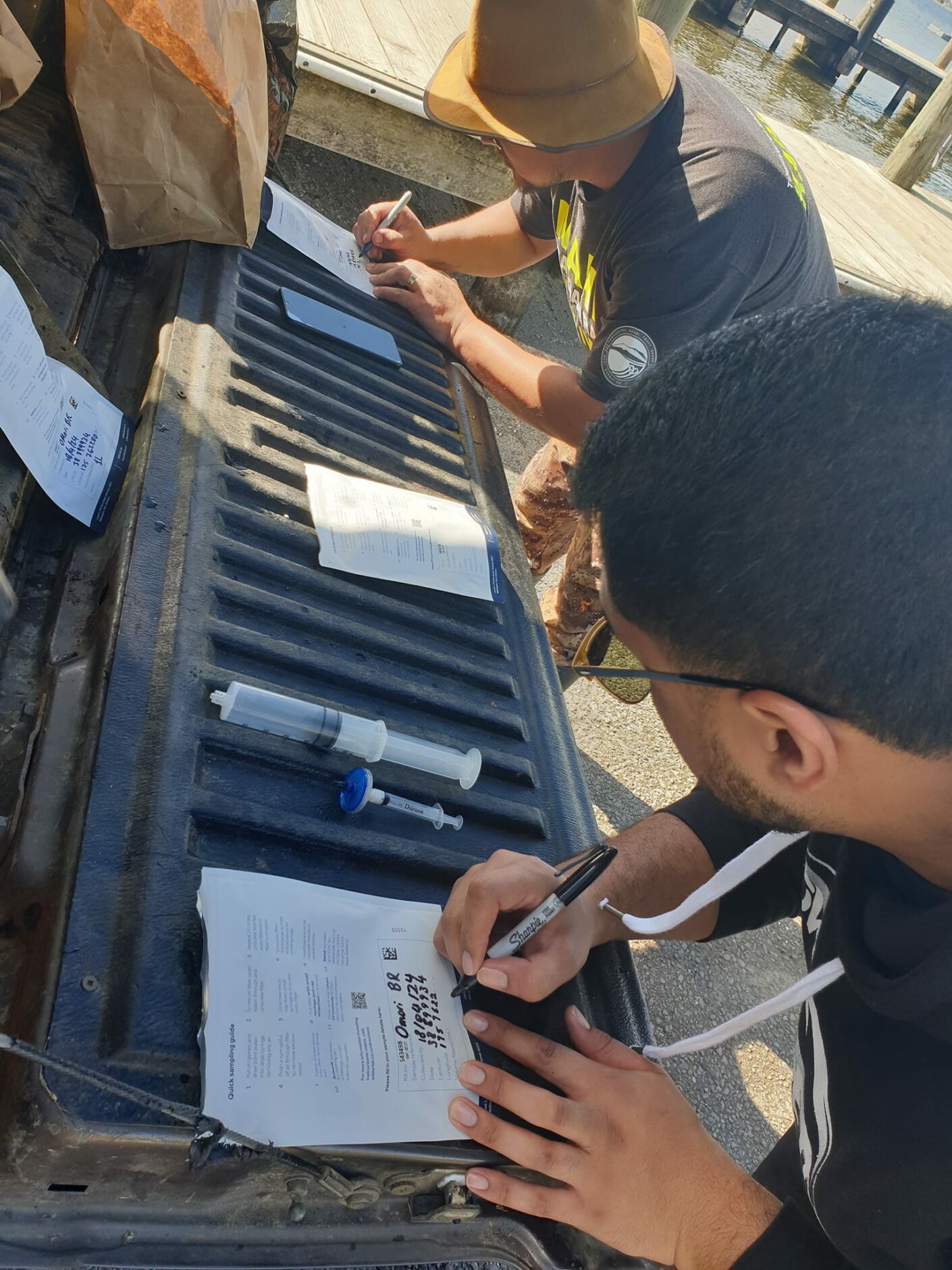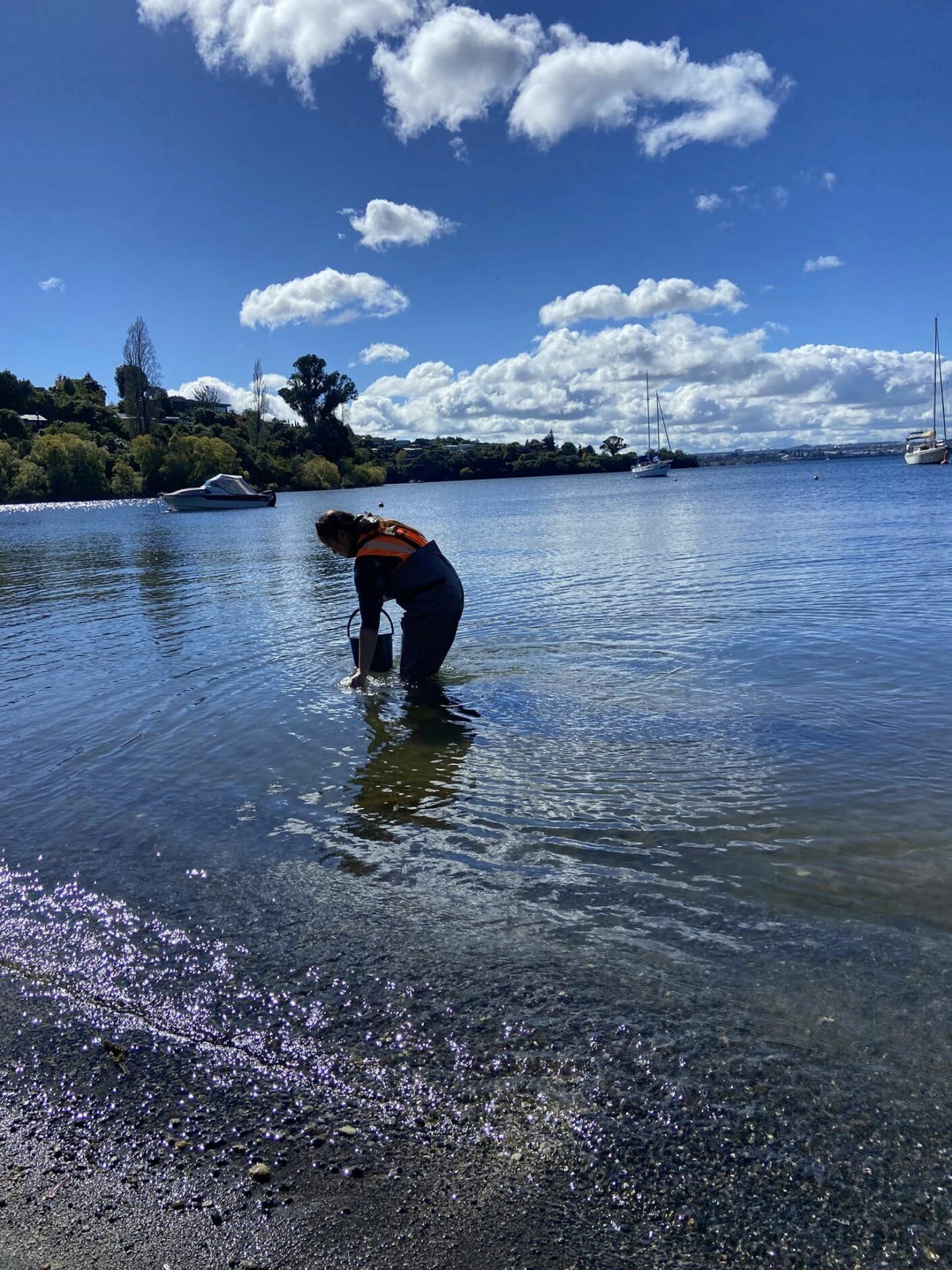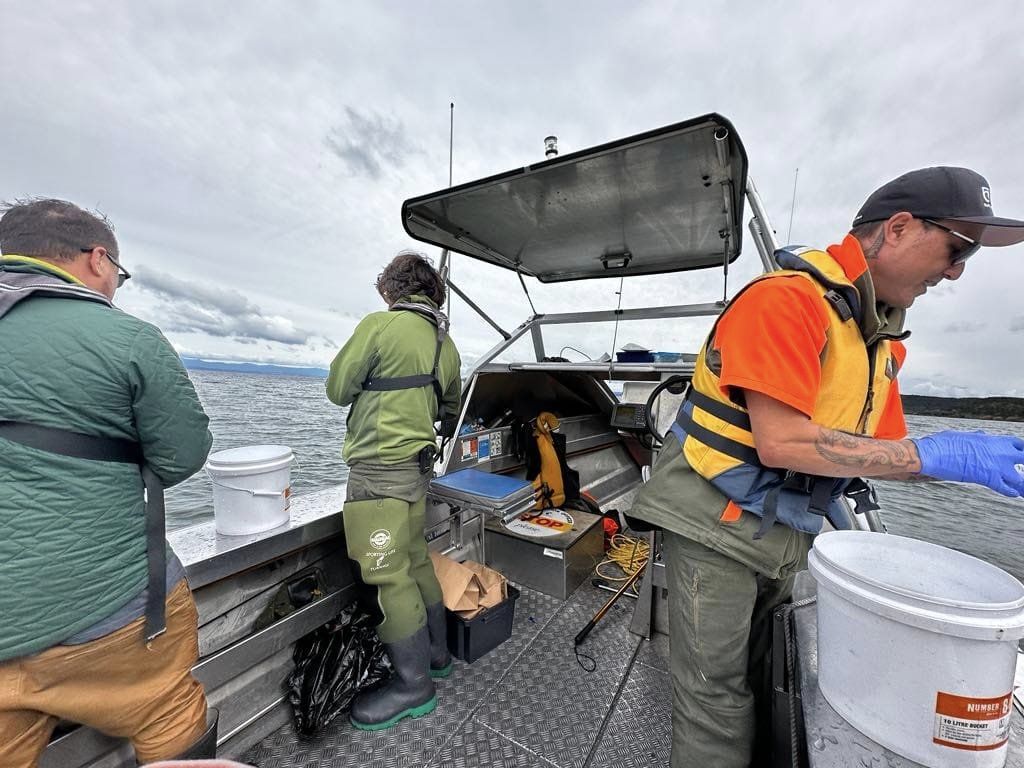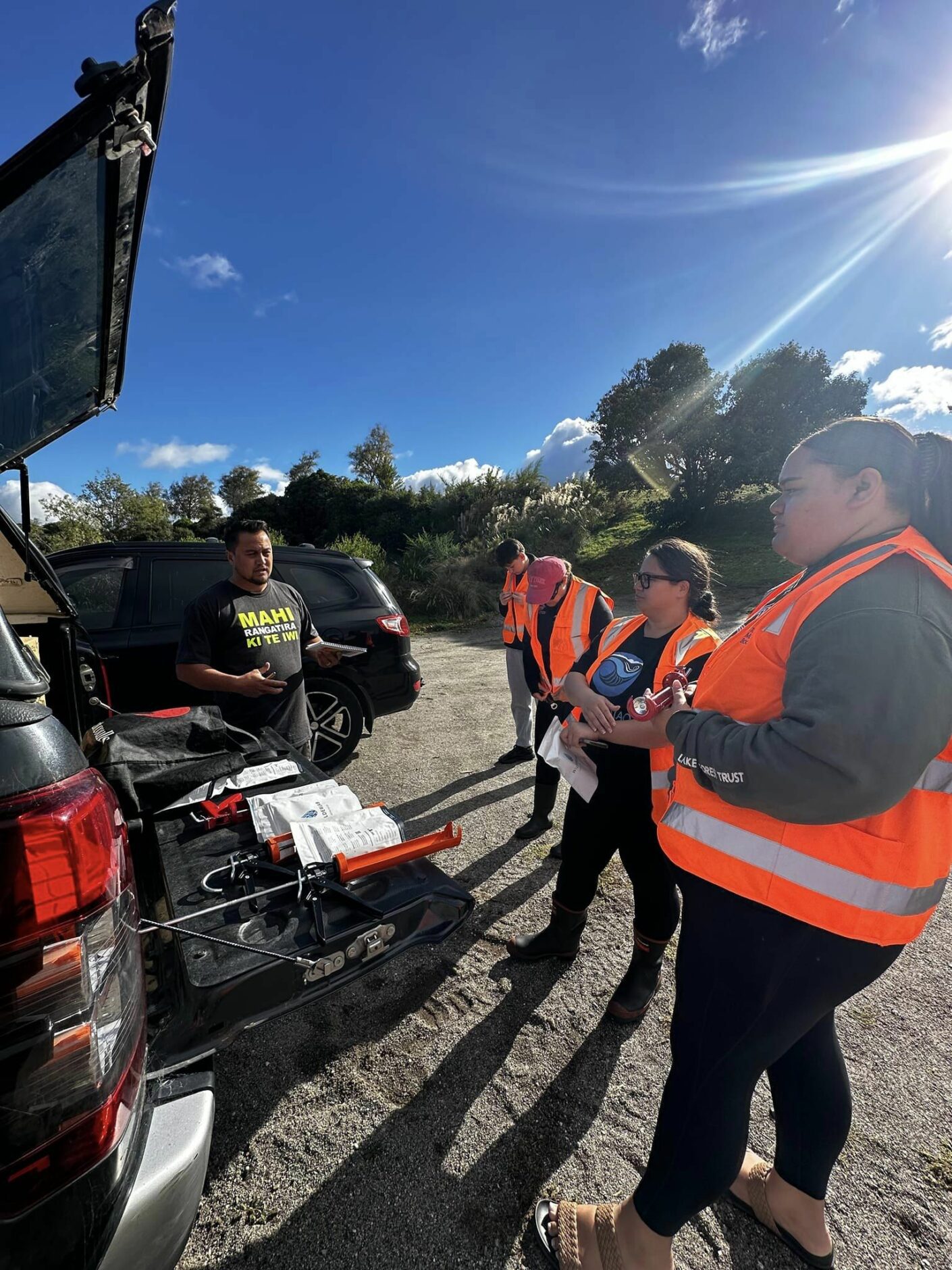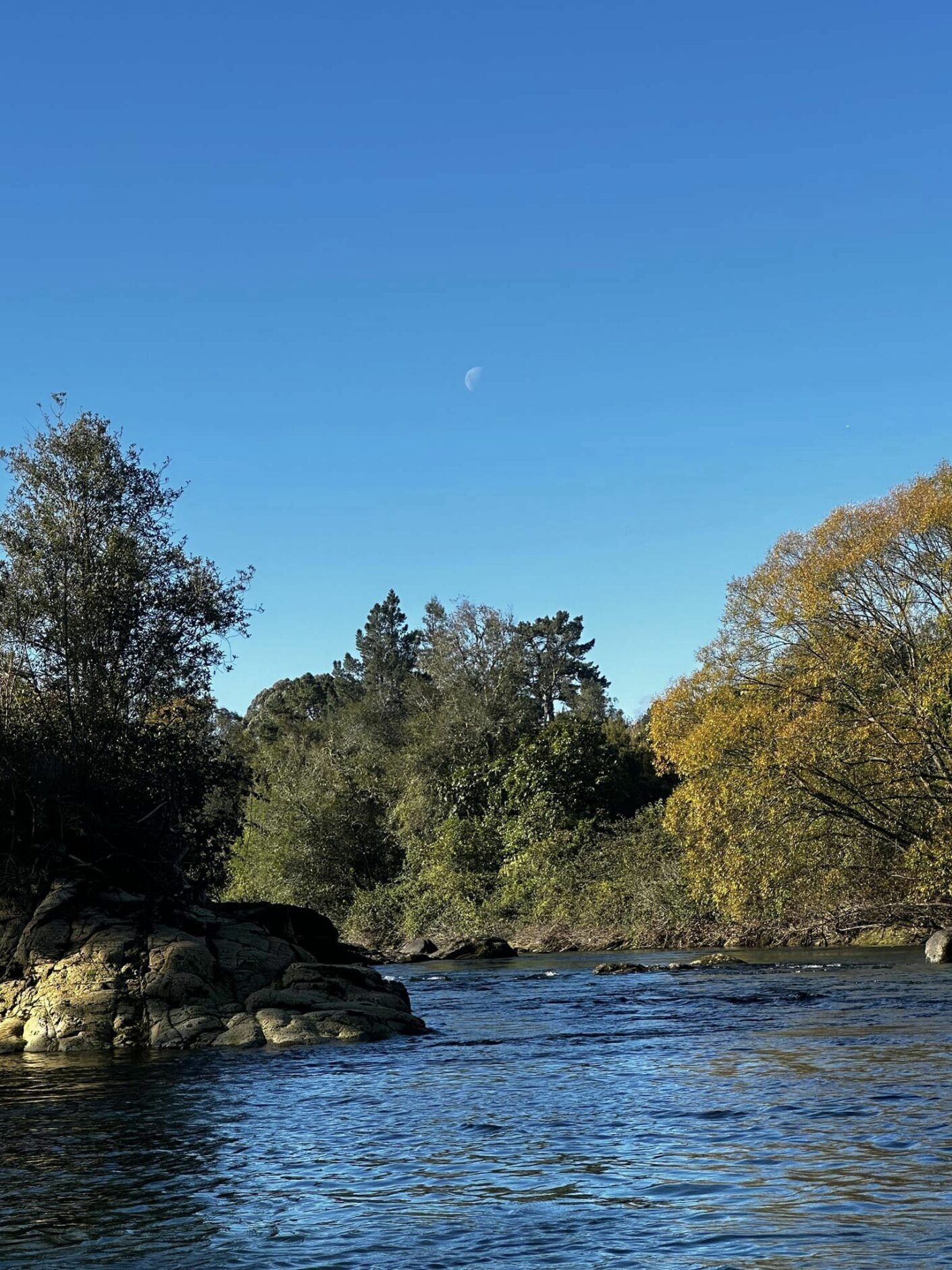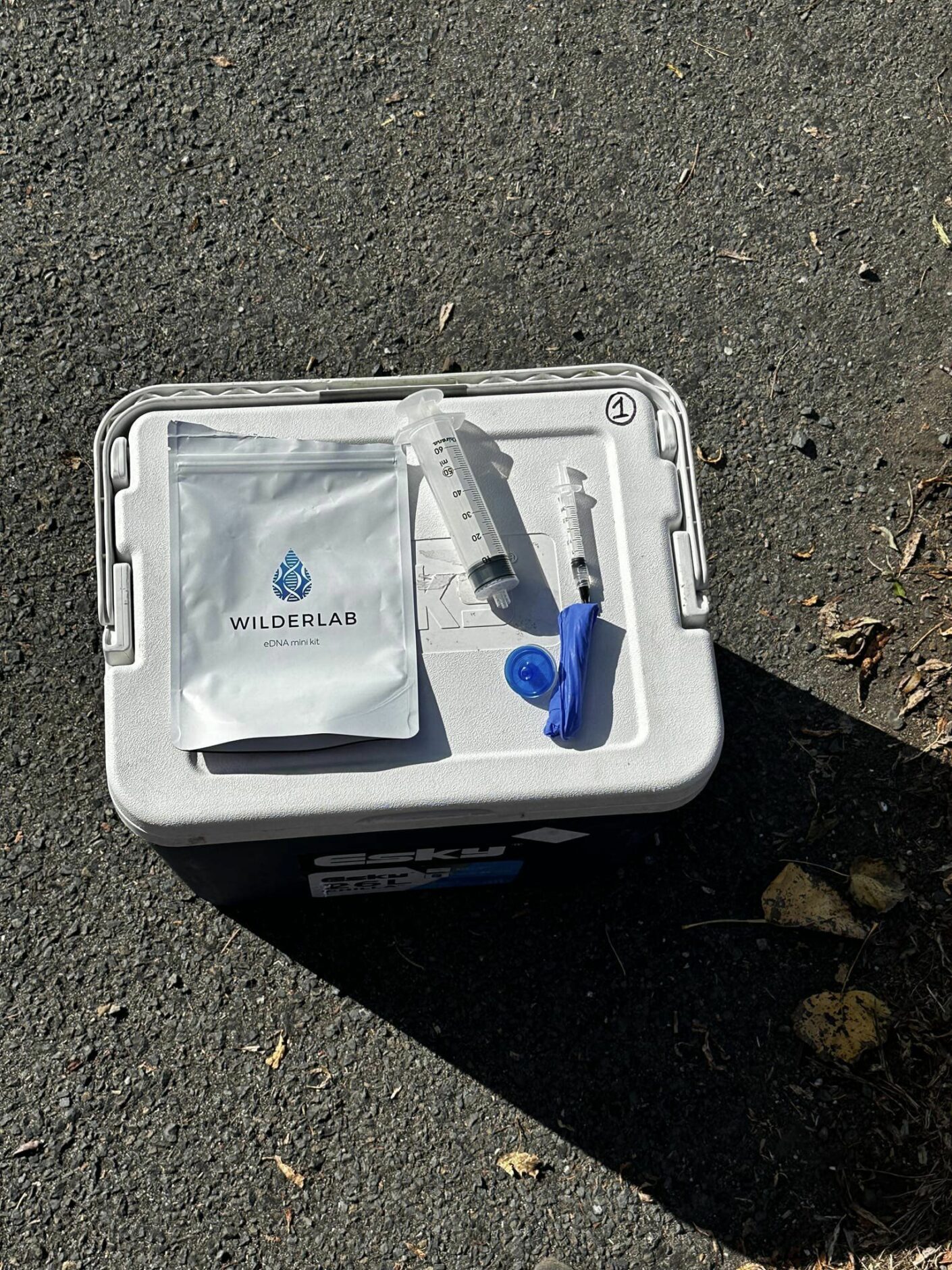After the reported sighting of clams (Corbicula fluminea) at the Taupō Aqua Park, the Tūwharetoa Māori Trust Board implemented its own response protocol across our rohe.
The protocol had two primary objectives, first; test our waters for the freshwater clam, and second; gather a baseline of data.
This is done by testing our waters for environmental DNA (eDNA), which is the DNA living organisms leave in the environments they live.
So, if gold clam eDNA is detected in the water, it is a sure sign the clams are present. A positive eDNA test is then followed up with a physical examination of the site.
The Pou Taiao team identified 47 sites in the rohe which included Taupō Waters, Rotoaira, Ōtamangakau and Lake Kuratau. The sites were selected according to their public use and risk of exposure.
We thank everyone who was involved in this testing regimen, including Lake Rotoaira Forest Trust, the Department of Conservation (DOC), Biosecurity NZ (BNZ) and our whānau who chipped in.
A total of 282 samples were collected over 5 days. It will take over 2 weeks to get results back.


